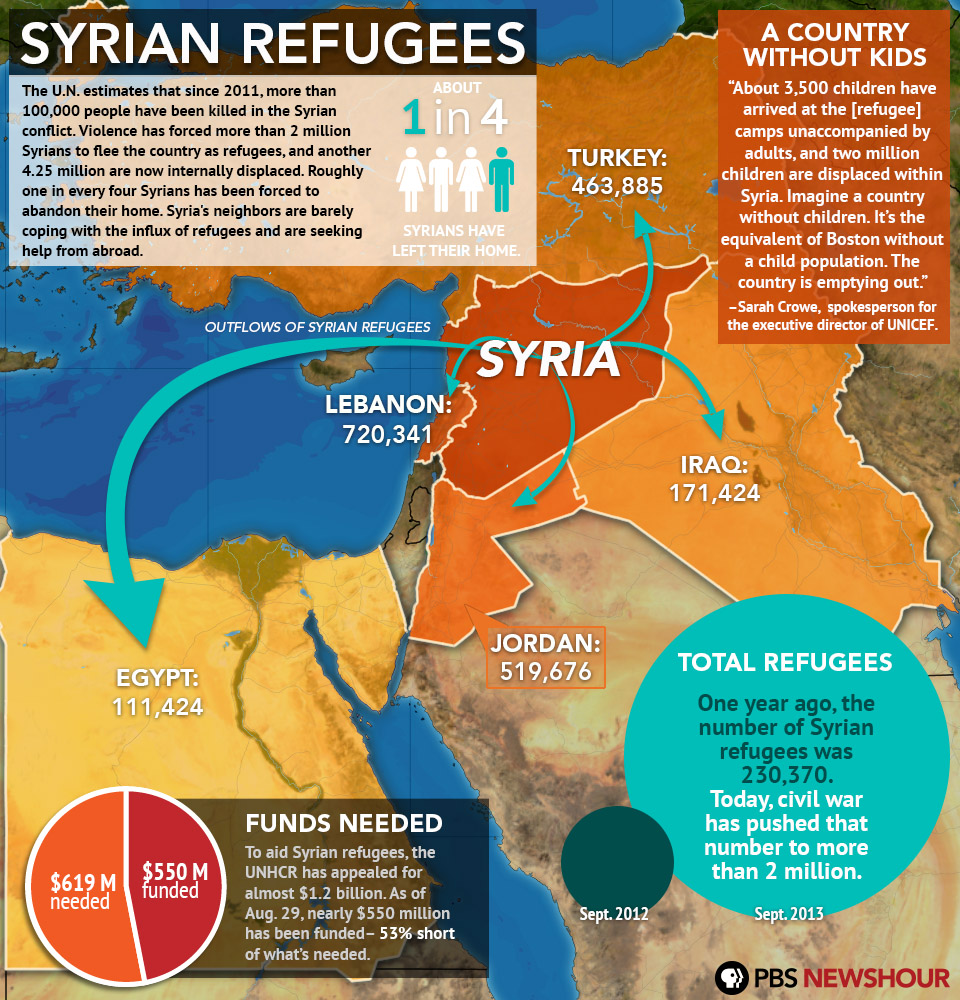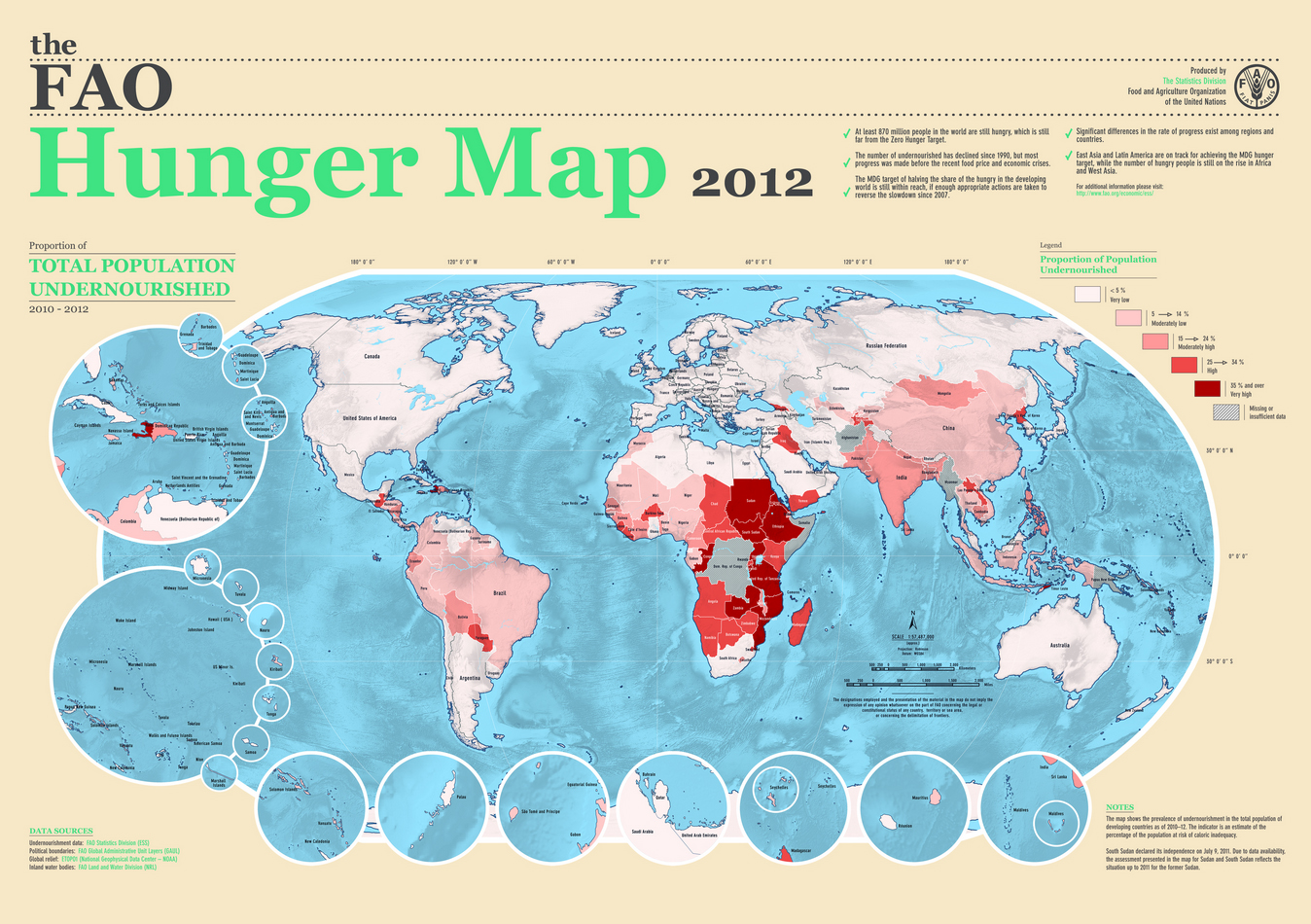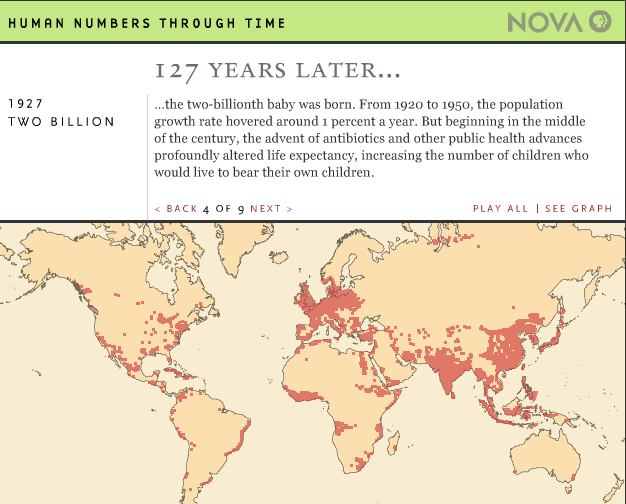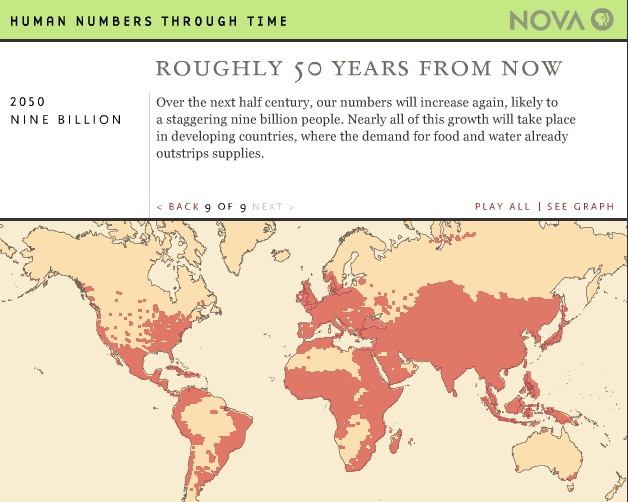Comparing the median earnings of full-time employed women to the median earnings of full-time employed men in the U.S., we can see there is still a gender pay gap, where women earn 77 cents per each dollar earned by their white male counterparts. This number has remained unchanged for the last ten years.
In some states women earn slightly more. That is the case for the states of Nevada (84 cents per dollar), California, Vermont, and New York. On the other side of the spectrum, there are states where women earn much less than the median. That is the case of Wyoming (64 cent per dollar), and Louisiana (67 cents per dollar).
Source: Forbes: The Geography Of The Gender Pay Gap: Women’s Earnings By State











